High-Tech Approaches to Running a Hotel Post-COVID-19
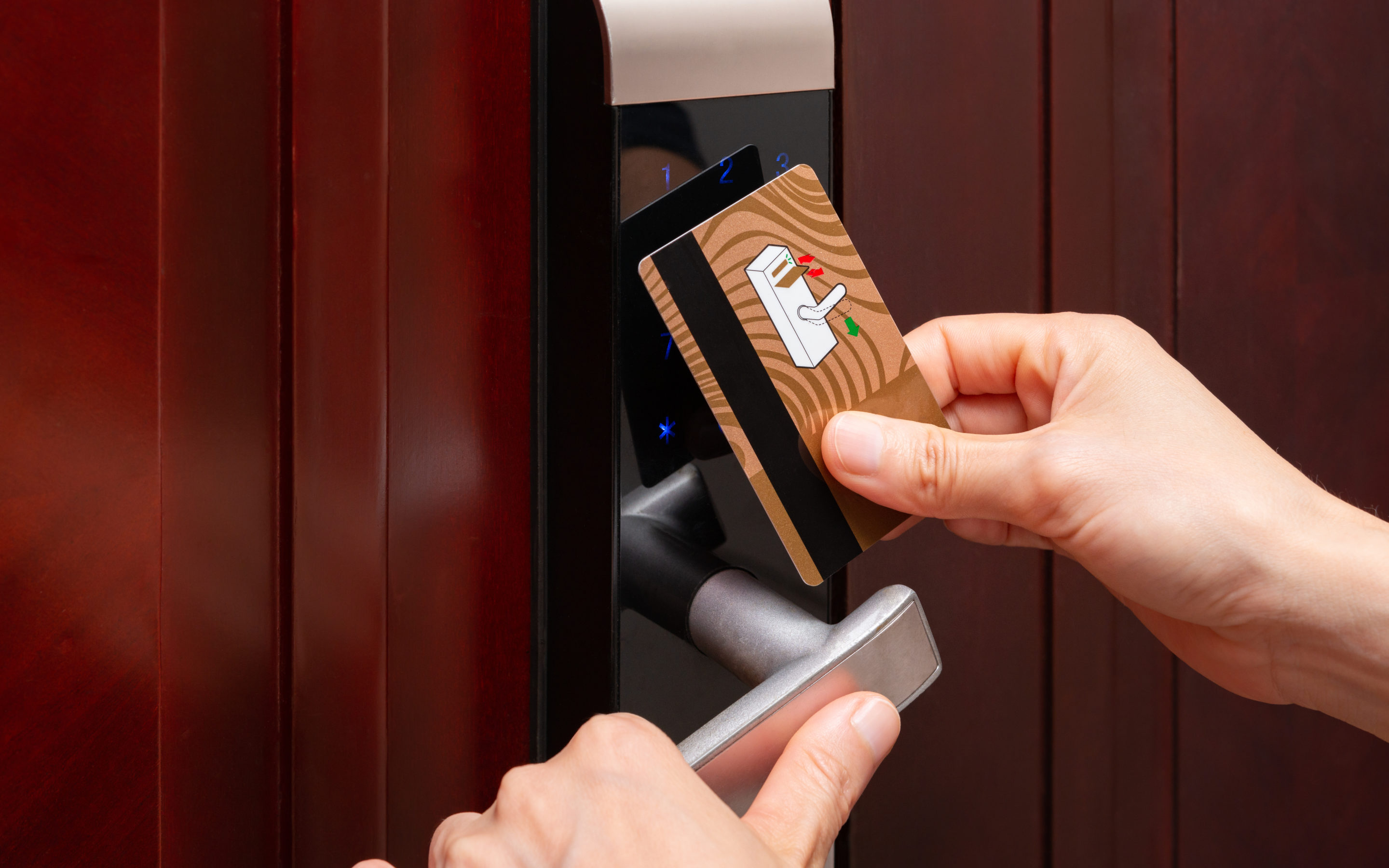
Over the course of the last few decades, hotels have slowly integrated technological solutions to their accommodations. At first, most of these changes were meant to enhance the guest experience: for example, providing a simpler method for guests to check in via their cell phones, as so many travelers carry one.
However, considering the long-lasting effects of the coronavirus, hoteliers may need to push that innovation further. In a recent Suite Spot episode, Ryan Embree sat down with STR’s Jan Freitag for a discussion on the industry as a whole. When asked about what the new normal for hotels might look like, Freitag stated that we are “going to go from high-touch to high-tech.” That quote resonates, and his further comments exemplify why it’s a logical next step:
“So, you minimize the interaction that you have with the staff and everything is going to happen on your phone either through text or through FaceTime or the phone as your key and as your access card to everything. That is the future. That is the next normal, you know, and there’s going to be a lot of technological solutions.”
Technological innovation is no longer only about making life easier or being on the cutting edge of the industry: it’s become a matter of guest health and safety. So, what can hotels do to make the switch easier to manage? Breaking down the effect of increased technology on each part of the traveler’s booking journey will help you understand what the process will look like for you.
Pre-Stay: Offer a Digital Look at Your Hotel
In the pre-booking phase, your focus should shift to more than just descriptions and flat images. Guests don’t have the chance to drive past your hotel or stop in for a look at the property, and pictures can often have a different impression than how your rooms will actually feel to a guest in person. Offering additional ways to get a feel for your hotel’s space can help a guest be more confident deciding which room to pick for their getaway. You can achieve this through the addition of 3D room tours or digital tours of areas on the property.
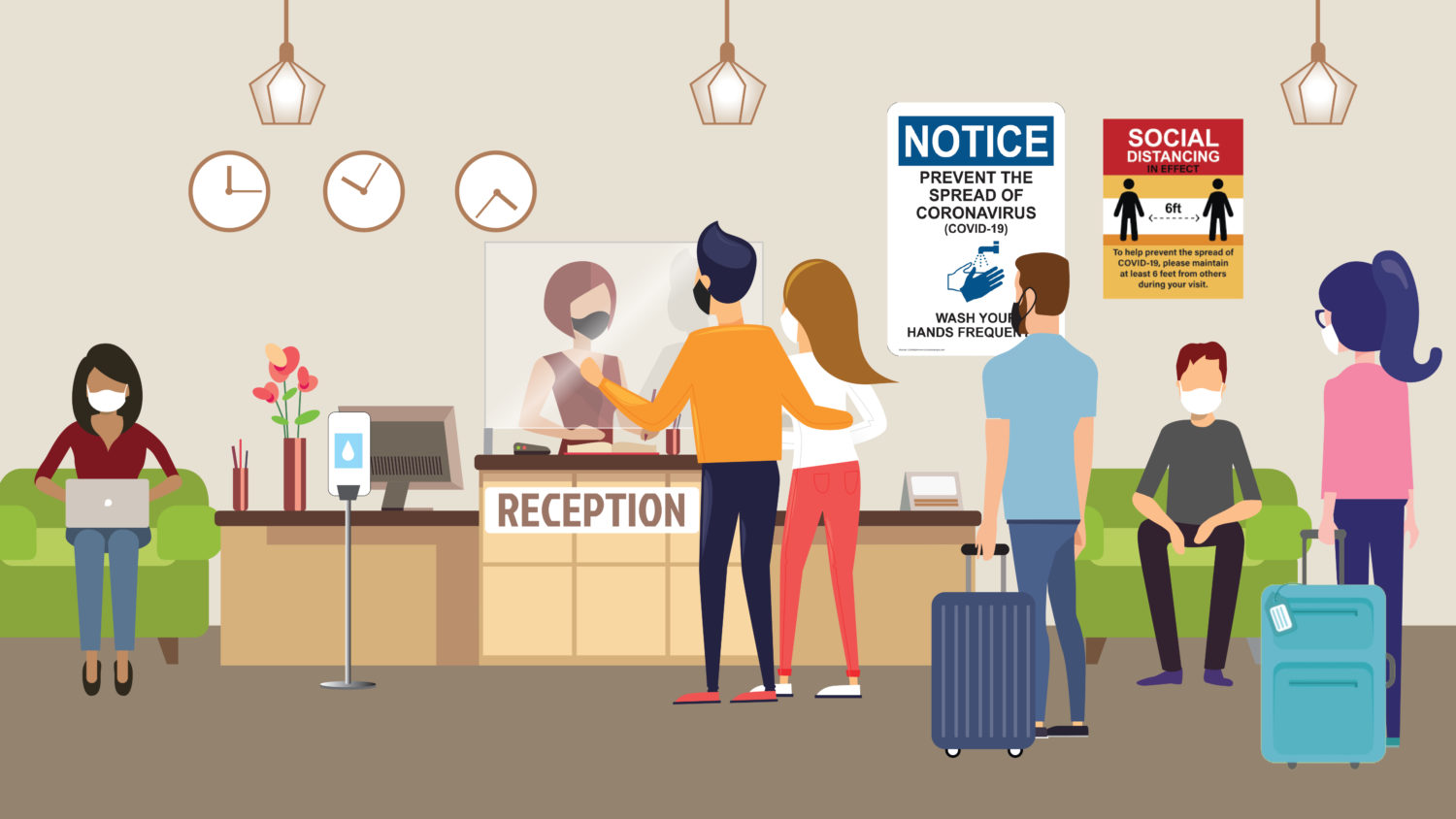
To add more depth to your marketing, shift toward making promotional videos about your property. Try limiting these videos to a minute or less to make it easier to share them on social media, as most platforms cut the time to 60 seconds. Additionally, while the average attention span for videos can be anywhere from 5-15 minutes, something brief like 60 seconds will help pique interest without overloading the viewer with information.
If your hotel has an app that helps users communicate with staff, check in, or easily view policies and procedures, encourage potential guests to download it in advance. Consumers enjoy using tools that make their lives simpler and more streamlined, and encouraging them to download the app early can save hassle and reduce face-to-face interaction when they arrive at your hotel.
During Stay: Move to a Contactless Experience
Where this shift from high-touch to high-tech is most important is when the guest arrives at your property. The impression a guest has when they arrive to your hotel will ultimately determine how safe they feel throughout their stay. Offering mobile check-in and mobile room keys is an excellent first step to reducing contact between staff and guests. If you’re unable to do that, promoting contactless payment methods will help guests feel safe. Additionally, ensuring your signage is virtual will reduce high-touch multi-use items like maps or menus, while also giving your property a greener footprint. Virtual signs can also continually display your COVID-19 policies, reducing the need for staff to reiterate them to guests.
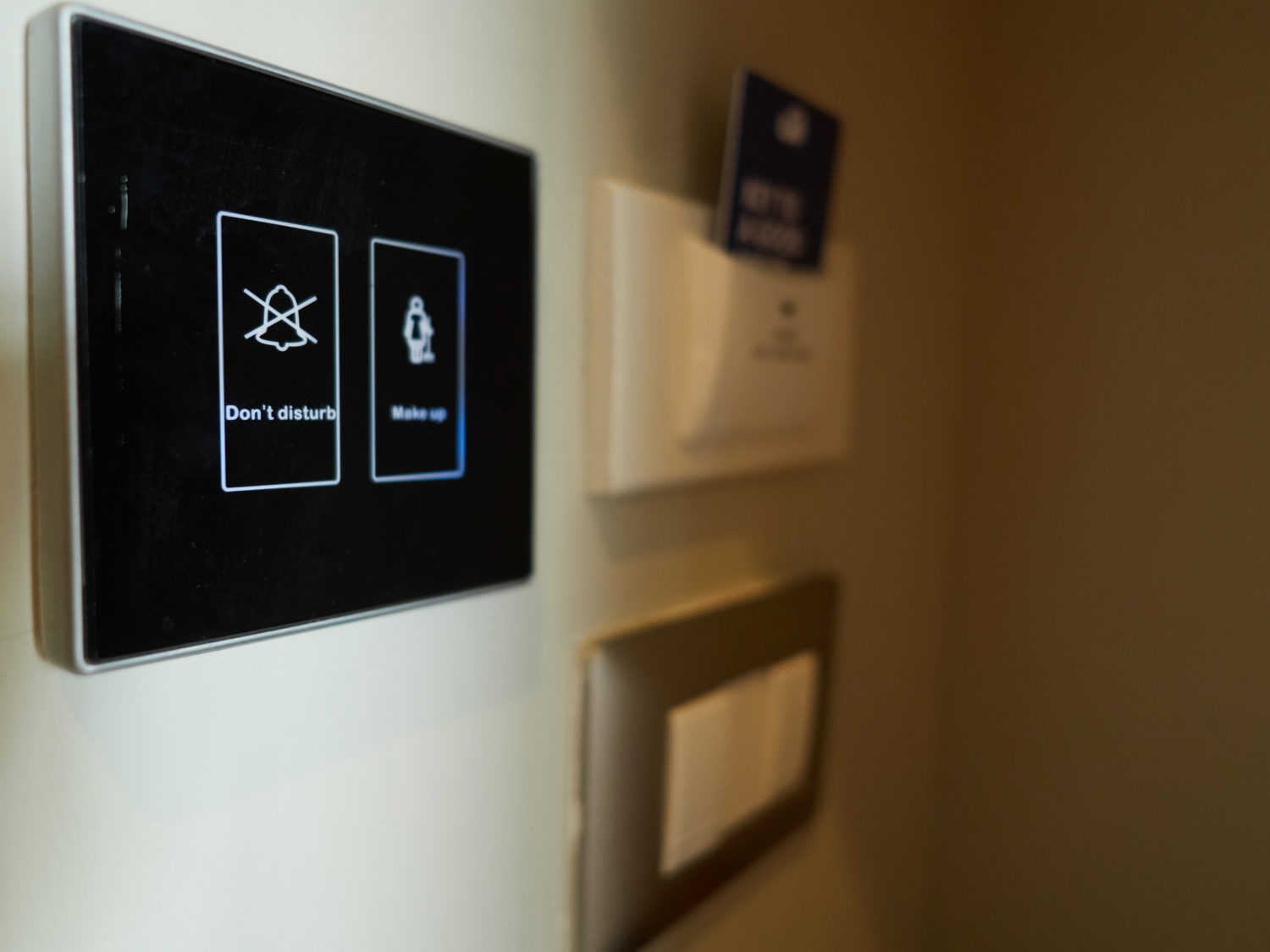
An article from Cardonet goes on to list more innovative solutions if you have the financial capability, such as anti-bacterial door handles. These door handles are made with an ion technology that reportedly kills “99.9% of bacteria,” which is a long-term, cost-effective solution to keep high-touch handles clean without needing to monitor them as frequently.
Another beneficial high-tech approach to the guest experience is washroom monitoring at your hotel. This practice keeps fewer people occupying each bathroom at any given time through motion detection, which would identify the number of individuals in the restroom and displaying a red or green light depending on appropriate vacancy. Further innovation to adapt this technology for your pool or gym spaces could improve the safety of shared guest amenities.
Post-Stay: Request Internal Feedback
![]() As you transition into a high-tech guest experience, the most important thing you’ll need is feedback. Opening the table to discussion with guests will let you know what’s working and what isn’t, both in terms of keeping them safe and ensuring they have a comfortable, fun experience at your hotel. As a part of Travel Media Group’s Reputation Management program, we incorporate a system of post-stay emails to your reputation to request guest feedback directly. That way, you’re able to directly handle any issues with the guest privately before they submit a review about their stay on a public-facing review site. You can even customize our post-stay survey to ensure you get answers to your most important questions.
As you transition into a high-tech guest experience, the most important thing you’ll need is feedback. Opening the table to discussion with guests will let you know what’s working and what isn’t, both in terms of keeping them safe and ensuring they have a comfortable, fun experience at your hotel. As a part of Travel Media Group’s Reputation Management program, we incorporate a system of post-stay emails to your reputation to request guest feedback directly. That way, you’re able to directly handle any issues with the guest privately before they submit a review about their stay on a public-facing review site. You can even customize our post-stay survey to ensure you get answers to your most important questions.
Adjusting to a world where COVID-19 will persist can be difficult, but working to shift your guest experience focus to be more high-tech can help you better manage changes in guest expectations. A 5-star experience doesn’t look the same as it used to, and taking action to improve for new guest expectations will elevate your hotel’s reputation.

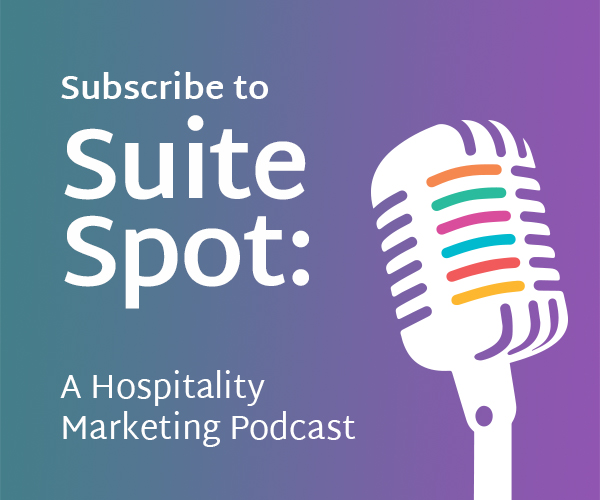

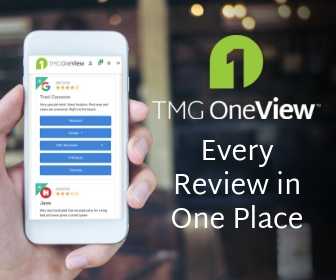

0 Comments